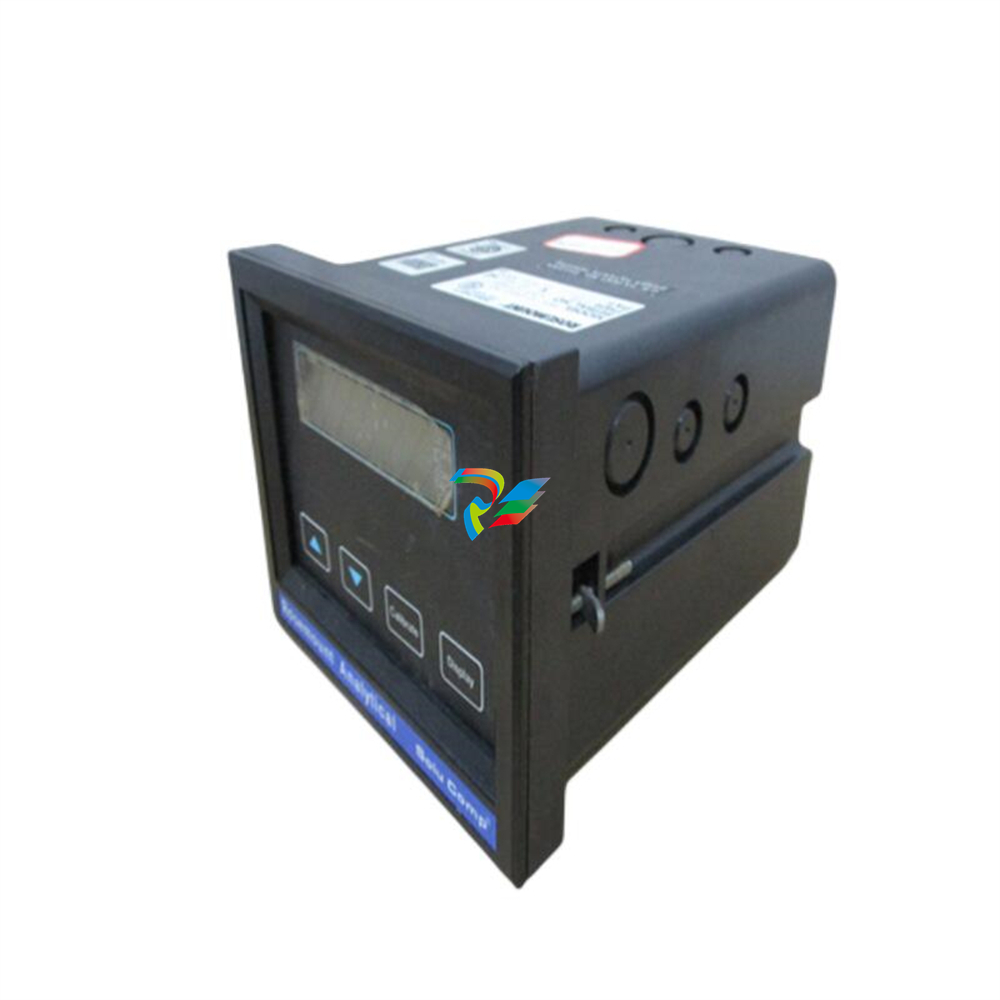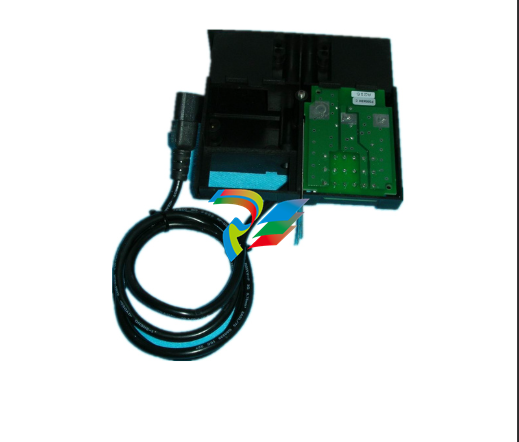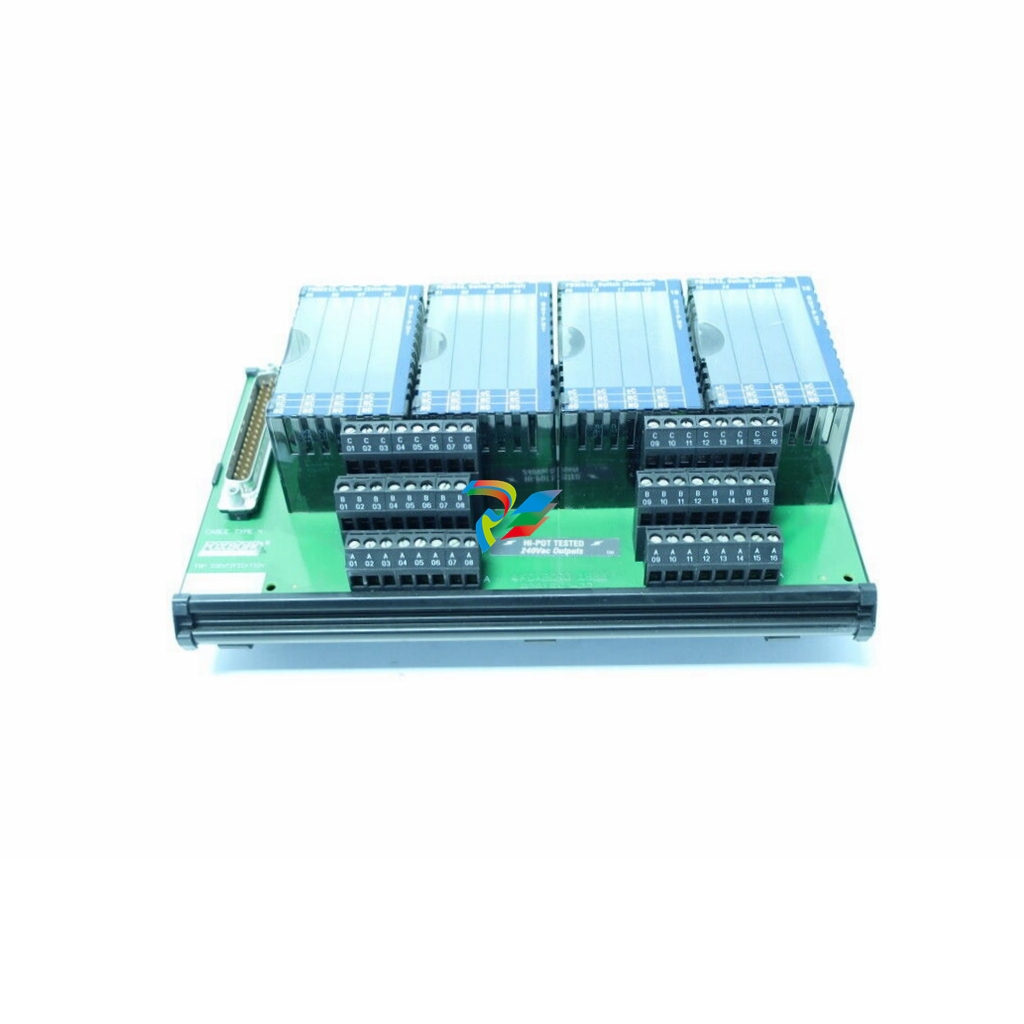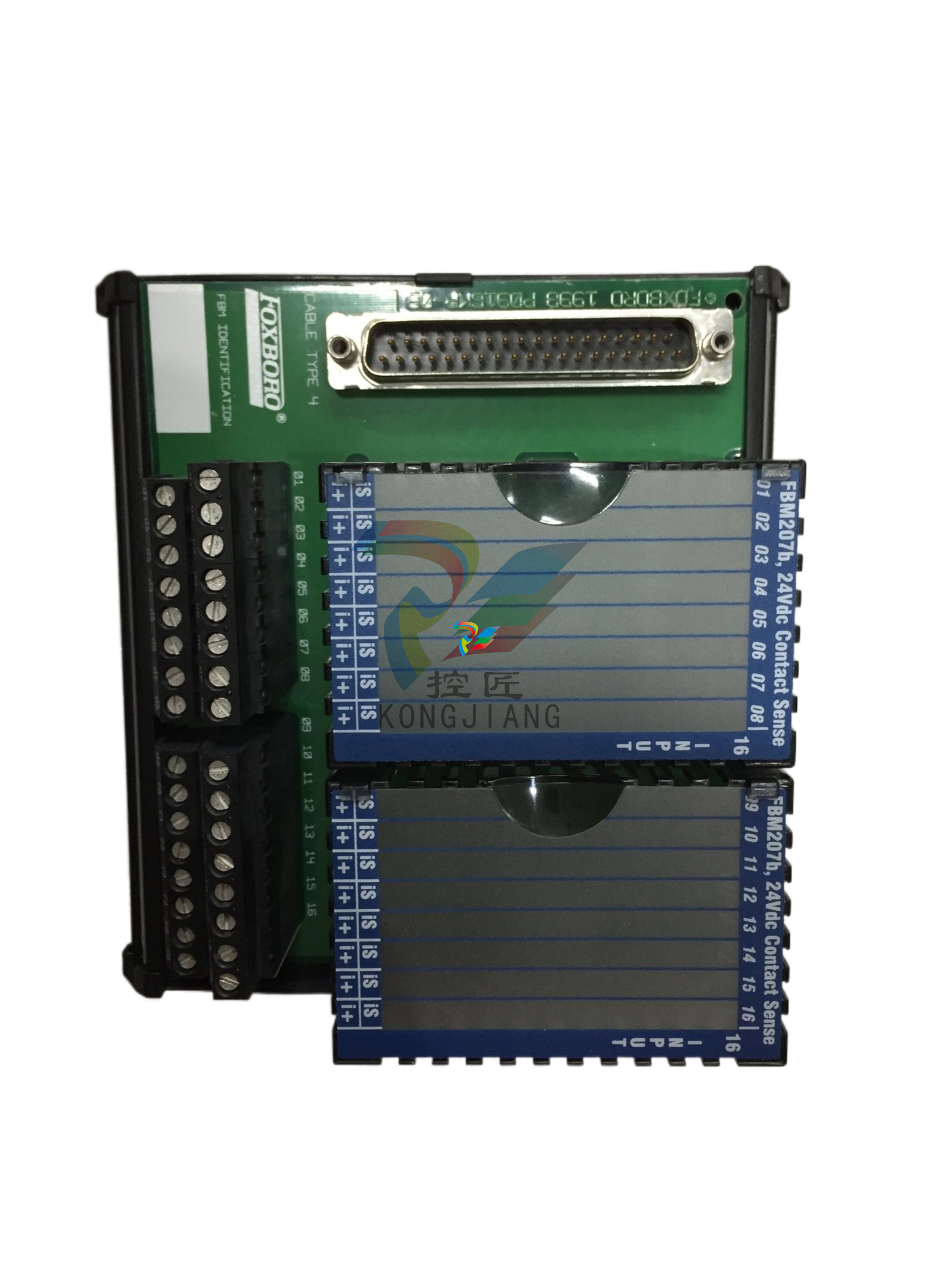
Digitalization’s Influence on Maintenance Strategies

For example, retrospective analytics focus on historical degradation rates, the impacts of running different products or operating states, and the measurement of known failure modes. By contrast, futuristic—or proactive—analytics spotlight the likelihood of failures, prioritization of maintenance and other mitigating measures to reduce risk. Embedding these four types of analytics into daily operation leads to greater organizational analytics sophistication, and this act typically delivers quick return on investment by optimizing maintenance schedules and minimizing unplanned outages.
Many process manufacturers already possess a strong foundation in descriptive and diagnostic analytics, which are key building blocks for aspirational predictive and prescriptive analytics. By leveraging these fundamentals, engineers and data scientists equip themselves for the deep dive into high-value predictive and prescriptive analytics.
When it comes to maintenance planning and scheduling, combinations of retrospective and forward-facing analytics are needed to reach an optimal state. Knowing when components failed in the past, how and why they failed, and what was happening in the time periods surrounding these failures are all critical pieces of information required to predict future failures and prescribe effective mitigating actions.
Informing condition-based maintenance
Condition-based maintenance (CBM) was the idyllic maintenance strategy of the Lean Six Sigma age. The premise of CBM is that an event, trigger, or exceedance drives maintenance, rather than a schedule. The challenge with CBM was never in defining the condition that prompted a maintenance activity, because these conditions are often predefined by ancillary equipment constraints, like a maximum allowable temperature or pressure, or a minimum flow requirement. Rather, the challenge was in determining which limit would be exceeded, and when.
CBM is much more valuable when combined with model construction, marrying monitoring and forecasting techniques that together make up predictive analytics. For example, using near-real-time vibration data to do CBM on a fleet of pumps requires setting conservative triggers to effectively avoid running to failure in the time it takes to schedule and perform maintenance activities following detection. The downside of a conservative trigger is the inevitable presence of occasional false positives.
By contrast, when past and current vibration data is leveraged using a model, the model can construct a vibration forecast and compare it with historical runs in relation to other process signals. This better-informed prediction can approximate not only when a trigger will be hit, but when the failure is likely to occur, providing the greatest possible lead time for maintenance. In addition, these predictions can actively adjust over time, informing and updating the urgency of service based on how operation continues.
Digitalization-enhanced predictive analytics examples
Many manufacturers in the chemical and other process industries have transformed their operations by developing maintenance strategies built on the foundation of predictive analytics. As a result, these companies are minimizing downtime, unnecessary maintenance and operational uncertainty, saving millions of dollars every year. The most successful predictive analytics applications often combine first principles models with statistical techniques to develop forecasts based on theory and behavior.
Filtration membrane predictive maintenance
When producing certain biopharmaceutical compounds, the desired molecules are separated from other species using membrane filtration systems. During each batch, particles build up on the membrane, and a clean-in-place (CIP) procedure must remove the accumulation between batches. Over time, these filtration membranes can degrade, causing CIP procedures to become less effective.
Engineers at a major bioprocessor suspected this was the case with one of their operations. Fearing unplanned downtime, they sought a way to identify long-term particle buildup on the permeate filter to predict when maintenance was required.
Using an advanced analytics application, the manufacturer calculated the filter membrane resistance based on pressure and flow sensor data, and on known values of surface and fluid viscosity, by applying Darcy’s Law. This reduced the variables of interest, providing clear visual indicators of degrading membrane performance, confirming the engineers’ suspicions (Figure 2).

The team applied a linear regression algorithm to the data, effectively modeling the filtration degradation rate. This model was extrapolated into the future to build a predictive maintenance forecast and warning schedule, and maintenance activities are now proactively planned, maximizing the lifespan of filters and streamlining operations.


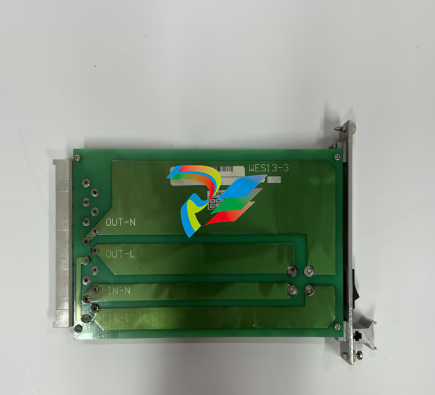
.jpg)


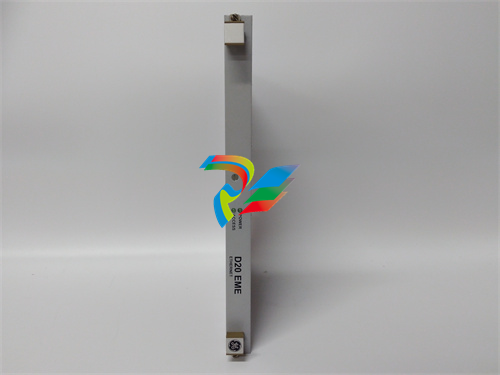













































.jpg)
.jpg)





.jpg)



.png)
.jpg)

.jpg)
_lVjBYb.jpg)

.jpg)
.jpg)



.jpg)
.jpg)







.jpg)

.jpg)
.jpg)






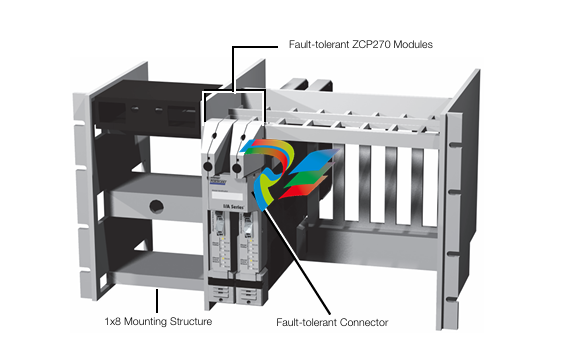

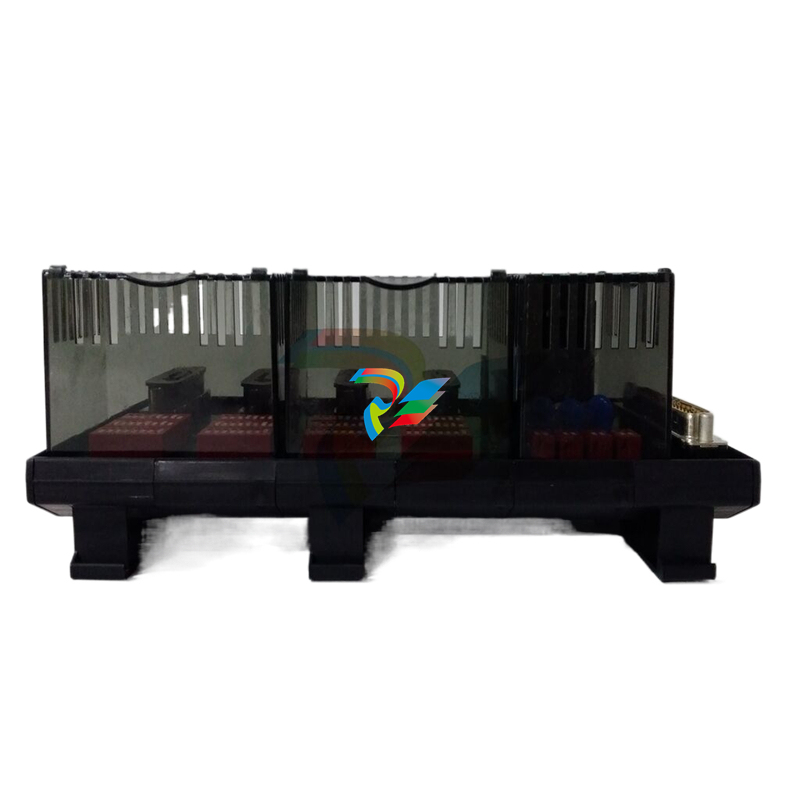
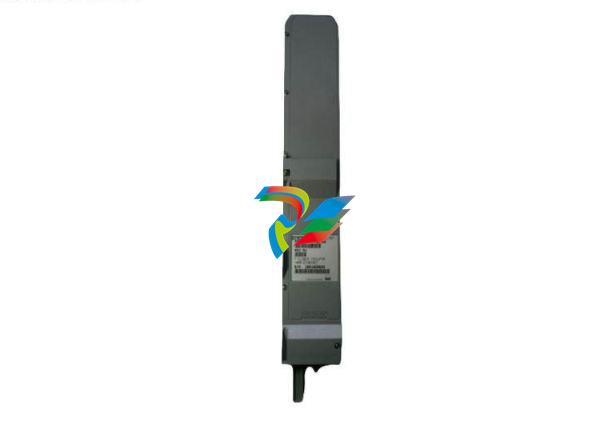
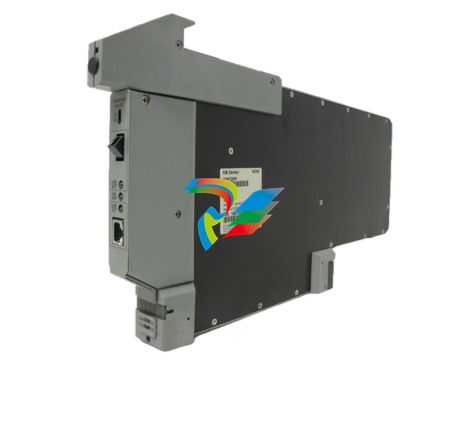
.jpg)
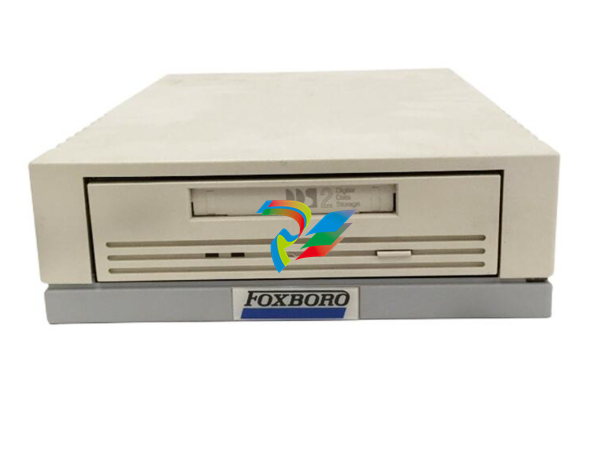

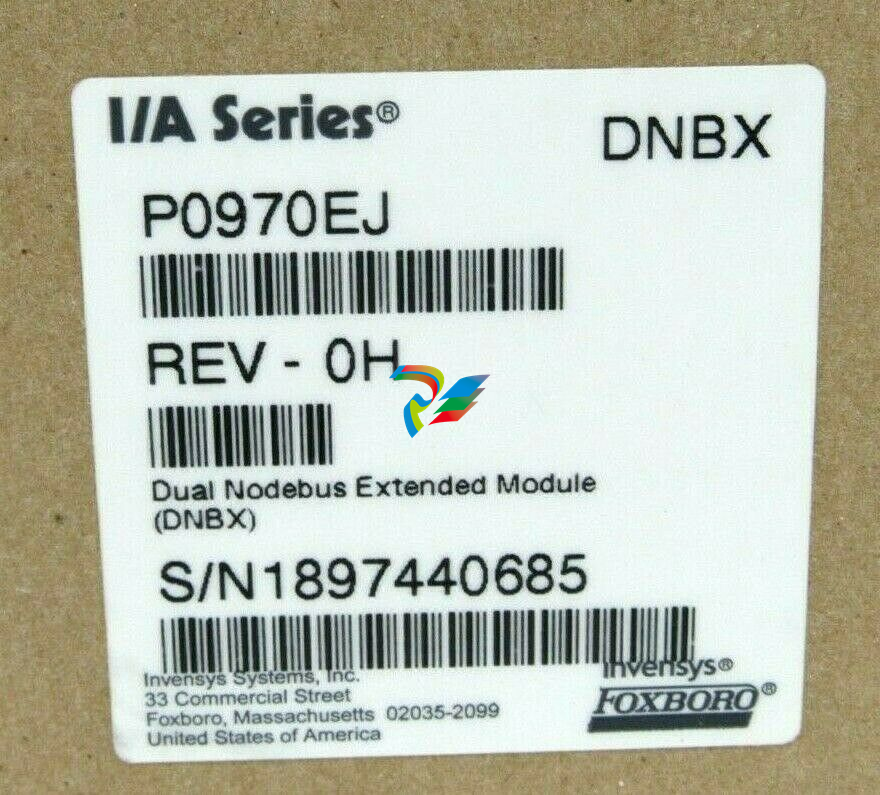

.jpg)
.jpg)
.jpg)
.jpg)
.jpg)
.jpg)
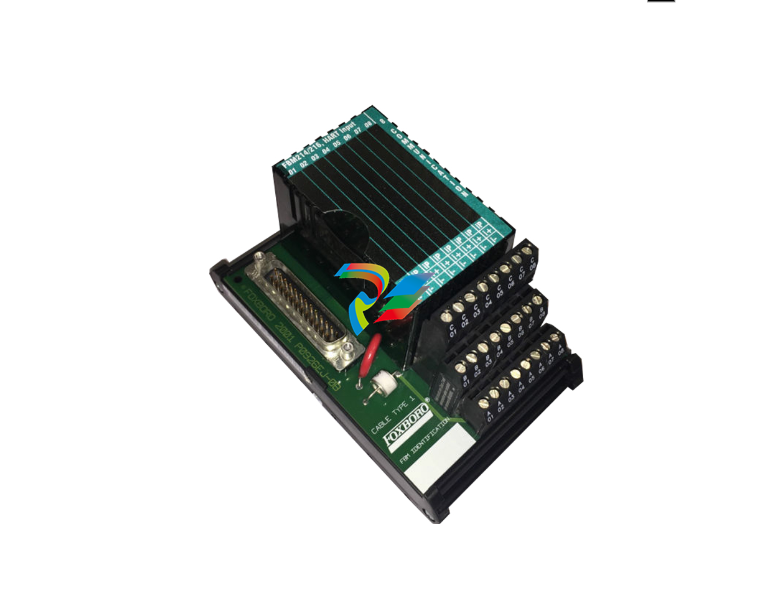
.jpg)
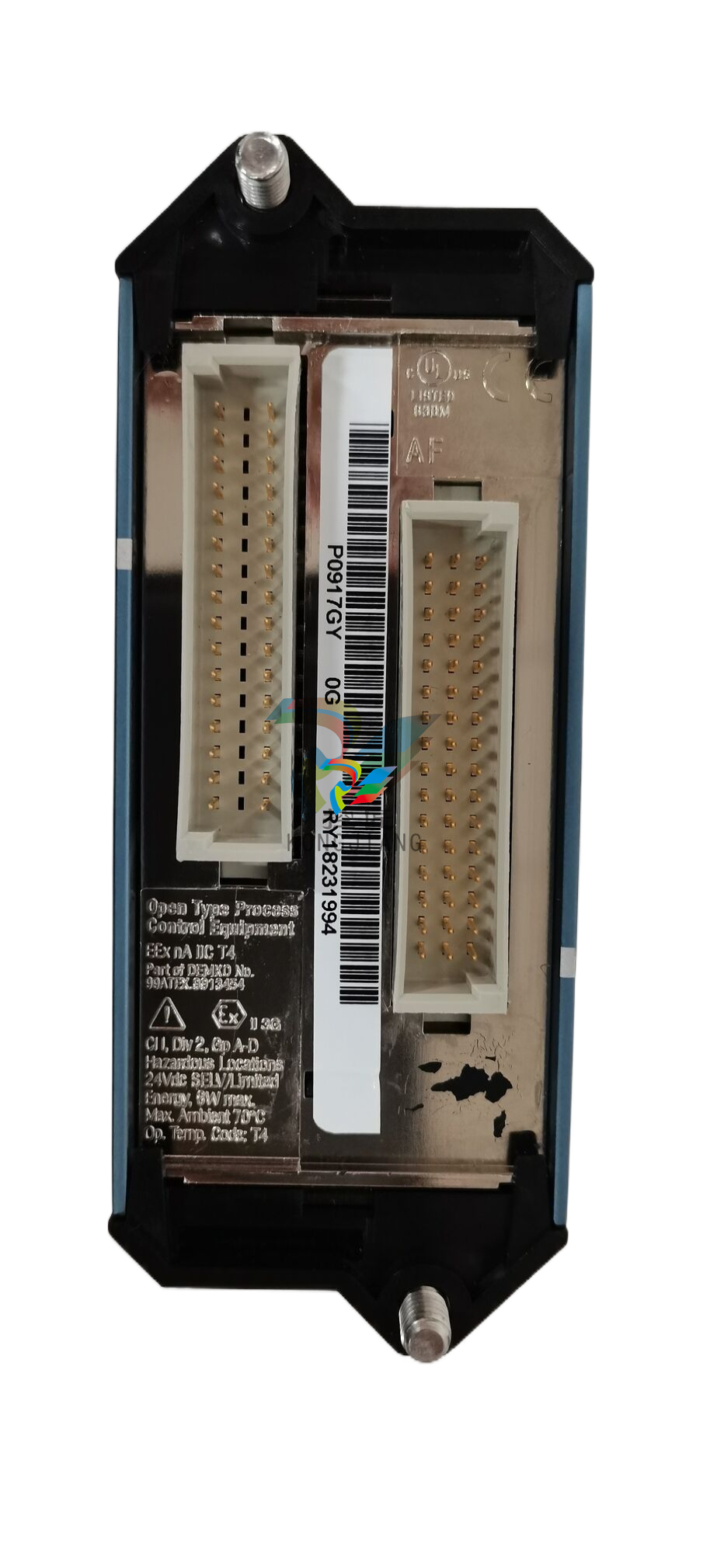
.jpg)
.jpg)
.jpg)
